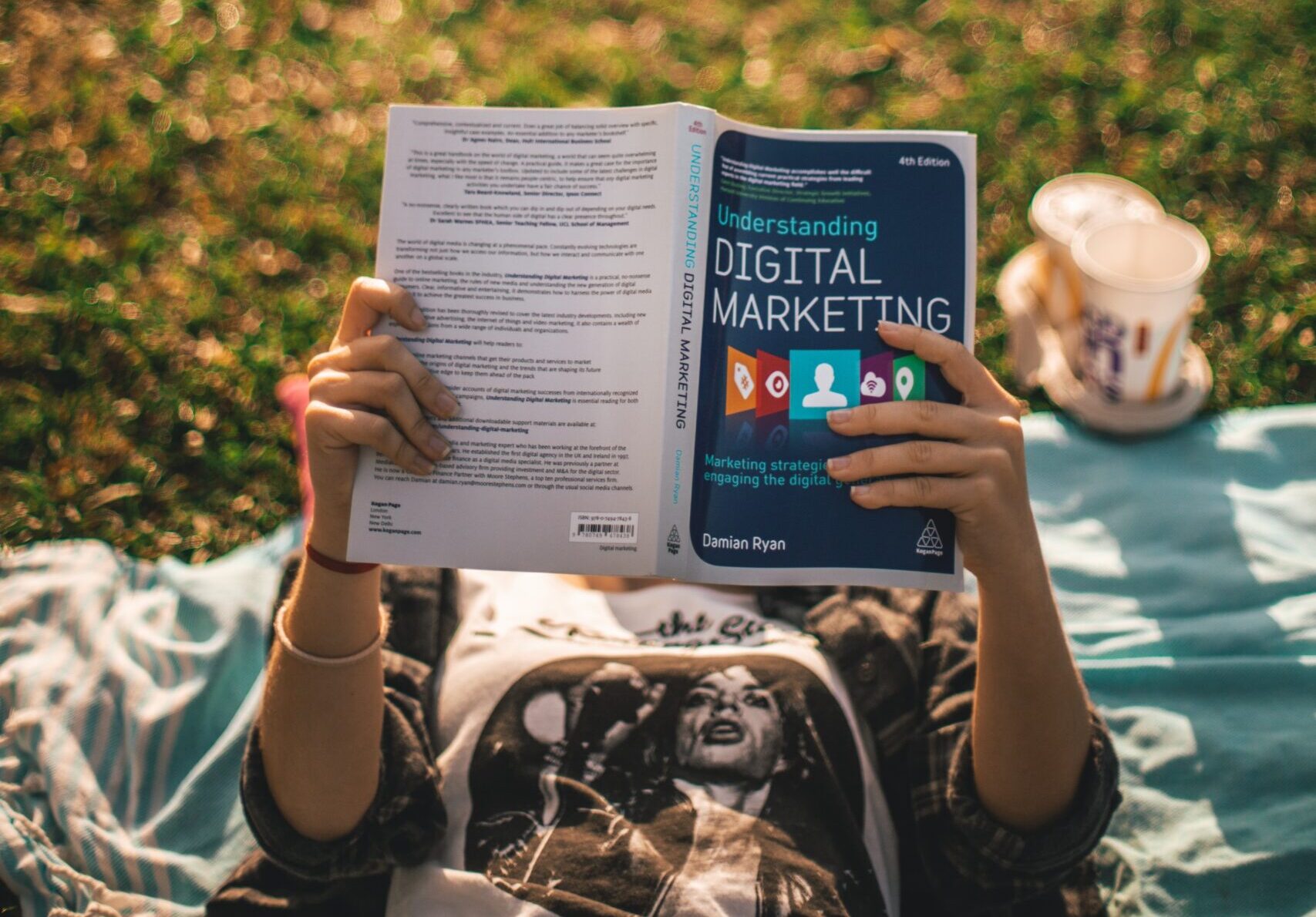In the competitive landscape of business, customer retention has become a critical aspect of driving sustainable growth. Retention marketing focuses on nurturing and engaging existing customers to build long-lasting relationships and foster loyalty. By prioritizing customer retention, businesses can reduce churn, increase customer lifetime value (CLV), and achieve sustainable growth through repeat business and positive word-of-mouth. In this article, we will explore the power of retention marketing and discuss key strategies to build customer loyalty for long-term success.
Understanding Retention Marketing:

Retention marketing is a strategic approach that aims to keep existing customers engaged, satisfied, and loyal to the brand. It recognizes the value of retaining current customers and the potential for them to become brand advocates who bring in new business through referrals. Rather than solely focusing on acquisition, businesses invest in post-purchase experiences, personalized communication, and ongoing value to retain customers and maximize their lifetime value.
Key Strategies for Building Customer Loyalty:

Personalized Communication: Tailor communication to individual customers based on their preferences, purchase history, and behavior. Personalized emails, special offers, and product recommendations make customers feel valued and understood, fostering loyalty.
Reward and Loyalty Programs: Implement reward and loyalty programs to incentivize repeat purchases and engagement. Offer exclusive discounts, points-based systems, or tiered loyalty levels to motivate customers to remain loyal to your brand.
Exceptional Customer Service: Provide outstanding customer service that goes beyond resolving issues promptly. Show empathy, actively listen to customer feedback, and exceed expectations to leave a lasting positive impression.
Regular Engagement: Keep customers engaged even after the initial purchase. Utilize email marketing, social media, and other channels to share relevant content, product updates, and exclusive offers that keep customers interested in your brand.
Customer Feedback and Surveys: Collect feedback from customers through surveys or feedback forms. Use this data to identify areas for improvement, address pain points, and enhance the customer experience.
Personalized Recommendations: Leverage customer data to make personalized product or service recommendations. By understanding customer preferences, you can suggest relevant offerings that enhance their experience and increase the likelihood of repeat purchases.
Exclusive Content and Events: Offer exclusive content, webinars, or events to loyal customers. Providing valuable insights and experiences creates a sense of exclusivity and encourages customers to remain engaged with your brand.
Celebrate Milestones: Acknowledge and celebrate important milestones in the customer’s journey, such as anniversaries or achievement of loyalty levels. This gesture makes customers feel appreciated and strengthens their emotional connection to the brand.
Win-Back Campaigns: Implement win-back campaigns to re-engage inactive or lapsed customers. Offer personalized incentives to encourage them to return to your brand and showcase the improvements or new offerings they may have missed.
Advocate for Customer Success: Show genuine interest in your customers’ success and well-being. Whether it’s by providing educational resources or tips on using your product effectively, demonstrating that you care about their success builds trust and loyalty.
Conclusion:
Retention marketing is a powerful strategy that contributes significantly to sustainable growth. By investing in building customer loyalty, businesses can benefit from higher customer lifetime value, reduced churn, and increased word-of-mouth referrals. The key lies in personalized communication, loyalty programs, exceptional customer service, regular engagement, and leveraging customer data for personalized recommendations. Embrace retention marketing as an integral part of your growth strategy, and watch your business thrive through strong customer relationships, repeat business, and loyal brand advocates. Remember, in the journey toward growth, keeping your existing customers happy and engaged is just as crucial as acquiring new ones.
FAQs
Why is customer retention important for sustainable business growth?
Answer: Customer retention is crucial for sustainable growth as it leads to increased customer lifetime value, reduced acquisition costs, and positive word-of-mouth referrals. Loyal customers are more likely to make repeat purchases and become brand advocates, contributing to the long-term success of the business.
How can personalized communication enhance customer loyalty in retention marketing?
Answer: Personalized communication shows customers that the brand understands and values them individually. By tailoring messages, offers, and recommendations based on customer preferences and behavior, businesses can create a stronger emotional connection and foster loyalty.
What are some effective ways to implement a customer loyalty program?
Answer: Effective customer loyalty programs can include offering exclusive discounts, points-based rewards systems, tiered loyalty levels, and personalized offers based on customer spending behavior. These programs incentivize repeat purchases and encourage customers to stay loyal to the brand.
How can businesses measure the success of their retention marketing efforts?
Answer: Key performance indicators (KPIs) for retention marketing include customer retention rate, customer lifetime value (CLV), repeat purchase rate, and Net Promoter Score (NPS). Regularly monitoring these metrics allows businesses to gauge the effectiveness of their retention strategies.
What are some best practices for implementing win-back campaigns?
Answer: Win-back campaigns aim to re-engage inactive or lapsed customers. Personalization is essential in win-back efforts, as businesses need to understand the reasons for customer disengagement and offer relevant incentives to encourage their return. Using customer feedback, segmenting the audience, and crafting compelling offers can enhance the success of win-back campaigns.

